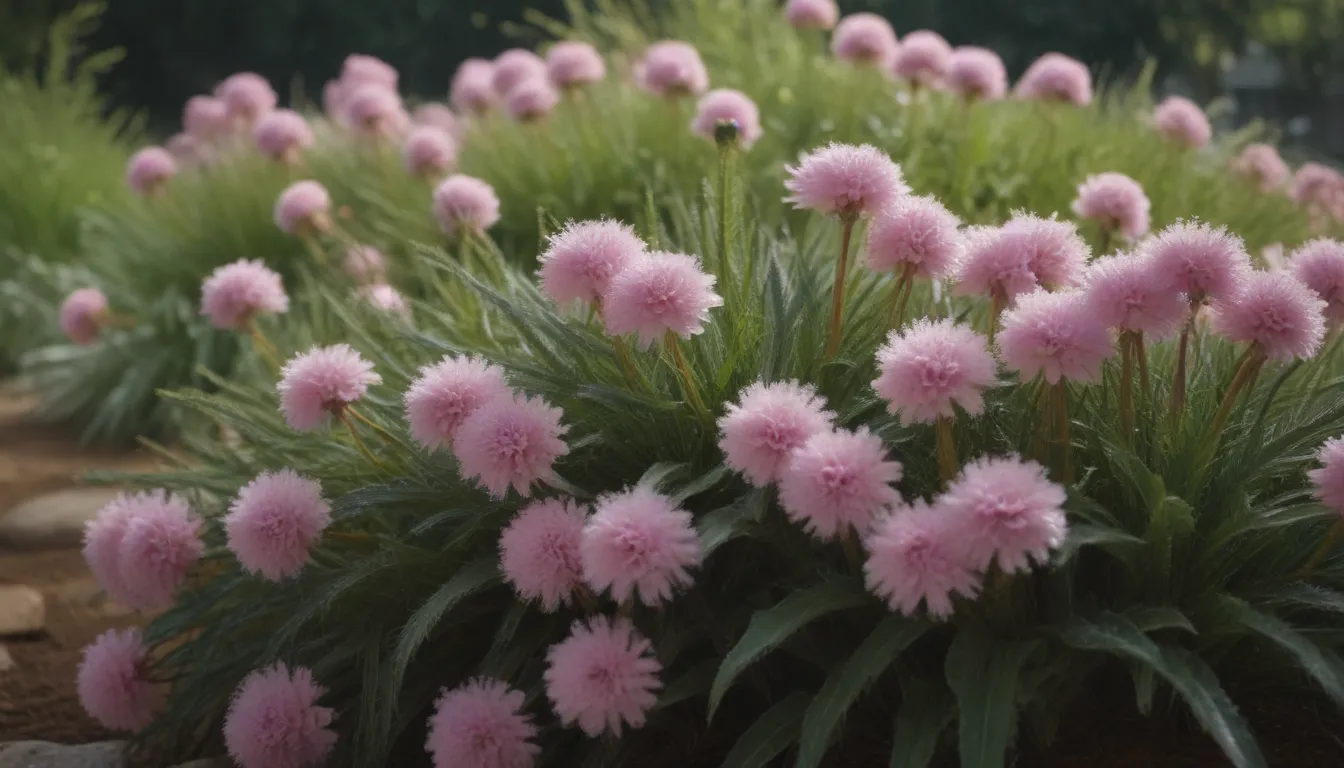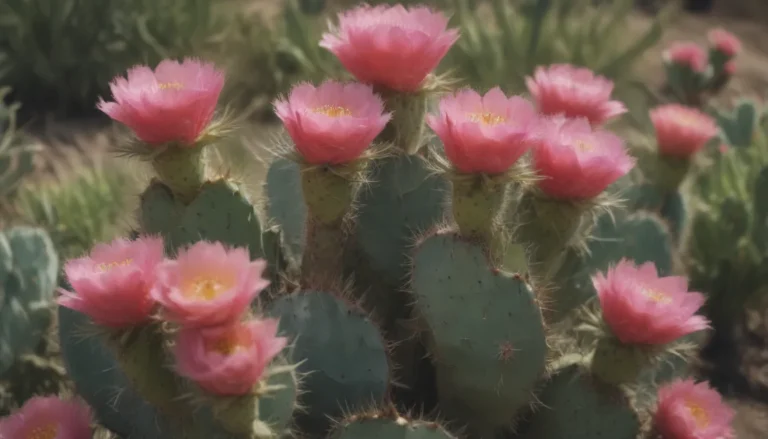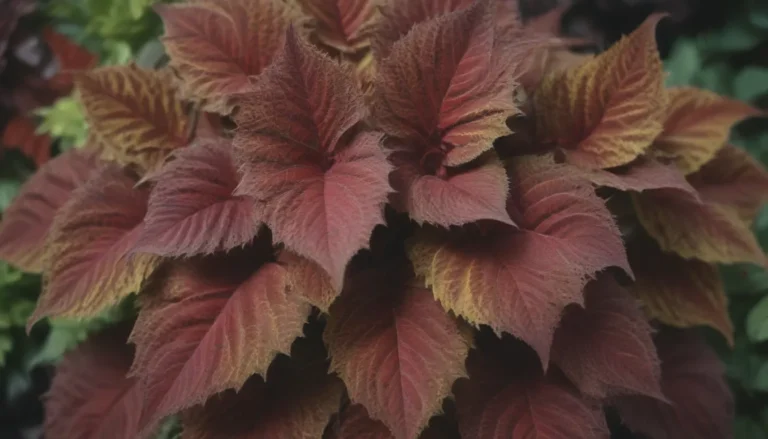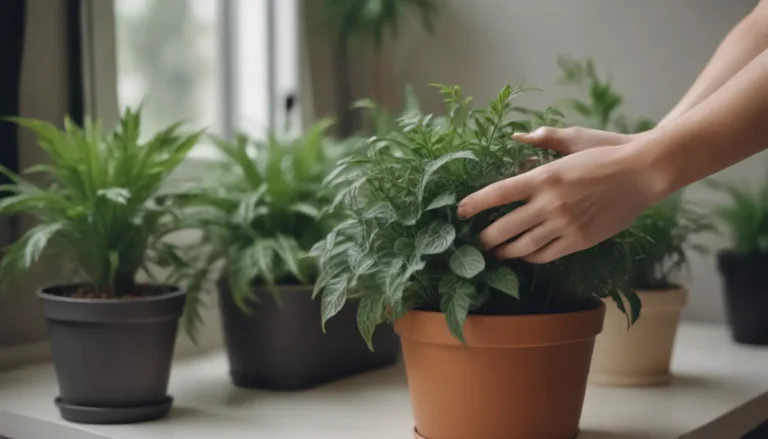The Benefits of Using Epsom Salt for Plants

Epsom salt, also known as magnesium sulfate, is a popular supplement for promoting healthier blooms and more vibrant colors in plants. This natural mineral compound contains essential nutrients like magnesium and sulfur, which support plant growth and vitality. By incorporating Epsom salt into your gardening routine, you can help your plants thrive and flourish. In this article, we’ll explore the benefits of using Epsom salt for plants, when to apply it, how to use it effectively, and when to avoid using it on certain plants.
Understanding Epsom Salt
Epsom salt is not actually a type of salt but rather a naturally occurring mineral compound that consists of magnesium, sulfur, and oxygen. It has long been used for therapeutic and household purposes, but it also has many benefits in gardening. When dissolved in water and applied to the soil, Epsom salt helps plants absorb essential nutrients more efficiently, resulting in healthier growth and more vibrant flowers.
Why Use Epsom Salt for Plants?
Using Epsom salt for plants offers a wide range of benefits that can improve the overall health and appearance of your garden. Here are some reasons why you should consider incorporating Epsom salt into your gardening routine:
- Promotes Flower Growth: Epsom salt can improve flower growth and enhance the color and vibrancy of blooms.
- Enhances Nutrient Absorption: The magnesium and sulfur in Epsom salt help plants absorb other nutrients more effectively, promoting overall plant health.
- Repels Pests: Epsom salt can act as a natural repellent against pests like slugs, protecting your plants from damage.
- Supports Seed Germination: Epsom salt can help seeds germinate more quickly and grow into healthy plants.
- Prevents Transplant Shock: Incorporating Epsom salt when planting seedlings can promote strong root growth and reduce transplant shock.
When to Apply Epsom Salt to Plants
Knowing when to apply Epsom salt to your plants is crucial for ensuring optimal growth and health. Signs of nutrient deficiency, such as yellowing leaves or slow growth, may indicate that your plants could benefit from Epsom salt. Before adding any supplements to your soil, consider conducting a soil test to identify any deficiencies and determine the appropriate amount of Epsom salt to use.
Soil tests can provide valuable information about your soil’s pH levels and nutrient concentrations, helping you make informed decisions about supplementing with Epsom salt. Additionally, incorporating Epsom salt into the soil mix when planting seedlings can provide immediate benefits and support healthy growth.
How to Use Epsom Salt in the Garden
Using Epsom salt effectively in your garden is simple and easy. By diluting one to two tablespoons of Epsom salt in a gallon of water, you can create a nutrient-rich solution to water your plants. The exact amount of Epsom salt needed may vary depending on the type of plant you’re treating. Here are some specific recommendations for using Epsom salt on different types of plants:
- Vegetables: Mix one tablespoon of Epsom salt with a gallon of water and pour it around the base of your vegetable plants every two weeks during the growing season.
- Tomatoes: When planting tomatoes, add one to two tablespoons of Epsom salt to the soil. During the growing season, spray the leaves with a diluted Epsom salt solution every two weeks.
- Roses and Flowers: Mix one tablespoon of Epsom salt with a gallon of water and pour it around the base of your roses and other flowers every two weeks.
- Shrubs: Mix one tablespoon of Epsom salt with a gallon of water and apply it to the base of your shrubs every two to four weeks.
- Houseplants: Water your houseplants once a month with a diluted Epsom salt solution to keep them healthy and green.
- Lawns: Dissolve two tablespoons of Epsom salt in a gallon of water and spray it on your lawn to promote healthy growth.
- Trees: Sprinkle one tablespoon of Epsom salt for every nine square feet of root area around your trees every two to four weeks.
When Not to Use Epsom Salt on Plants
While Epsom salt can benefit many plants, there are some instances where it may not be suitable. Plants that prefer acidic soil, such as azaleas, rhododendrons, and blueberries, may not respond well to Epsom salt due to its magnesium content. Succulents and cacti, which thrive in dry conditions, may suffer from root rot if exposed to excess moisture from Epsom salt application.
It’s important to research the specific needs of your plants before using Epsom salt to ensure that they will benefit from its application. Using too much Epsom salt can disrupt the balance of nutrients in the soil and lead to toxicity, which can harm your plants. In these cases, compost or organic fertilizers may be better alternatives for providing essential nutrients without the risk of overloading the soil.
In conclusion, incorporating Epsom salt into your gardening routine can be a great way to support the health and vitality of your plants. By understanding when and how to use Epsom salt effectively, you can promote stronger growth, more vibrant blooms, and healthier foliage in your garden. Remember to always consider the specific needs of your plants and adjust your application of Epsom salt accordingly. Happy gardening!





